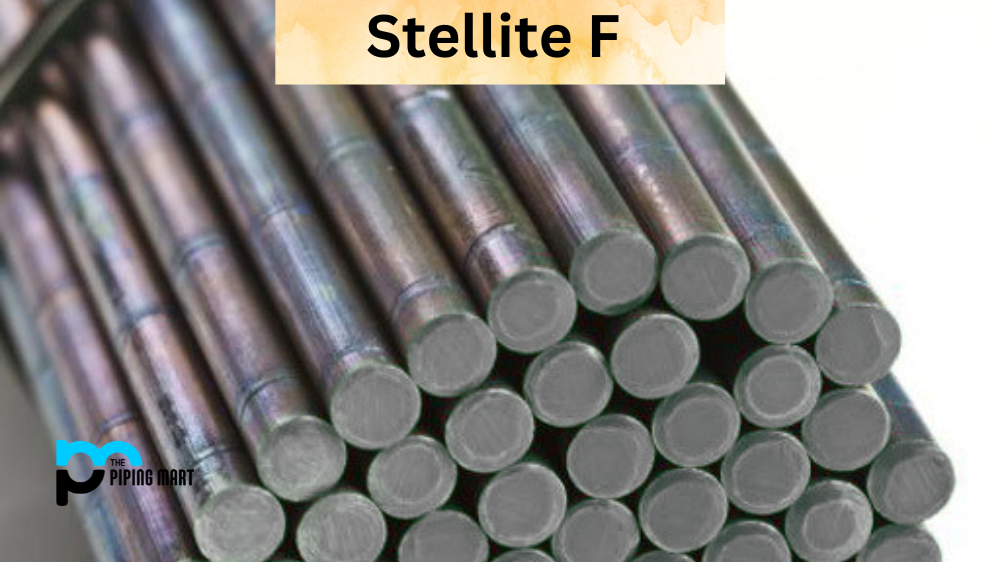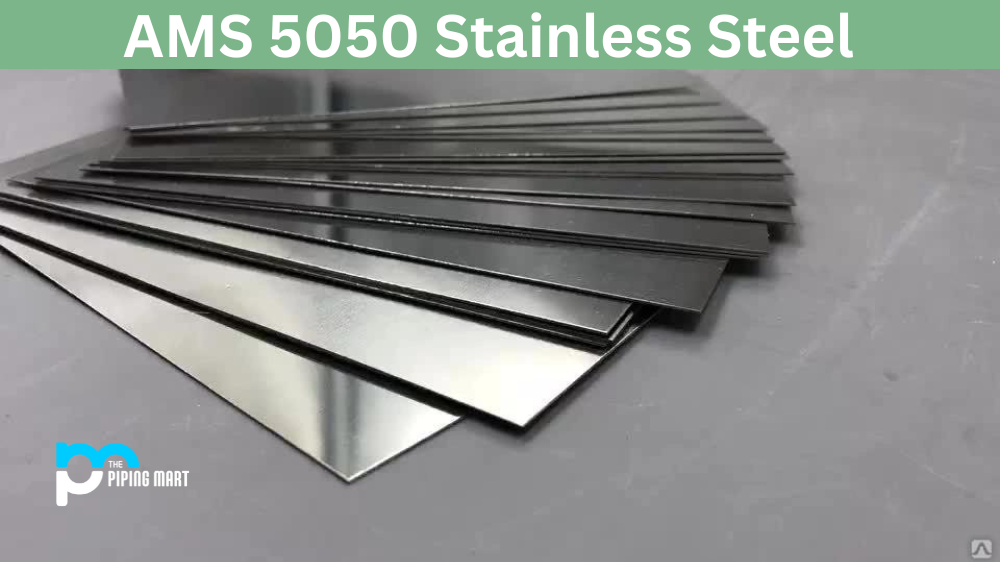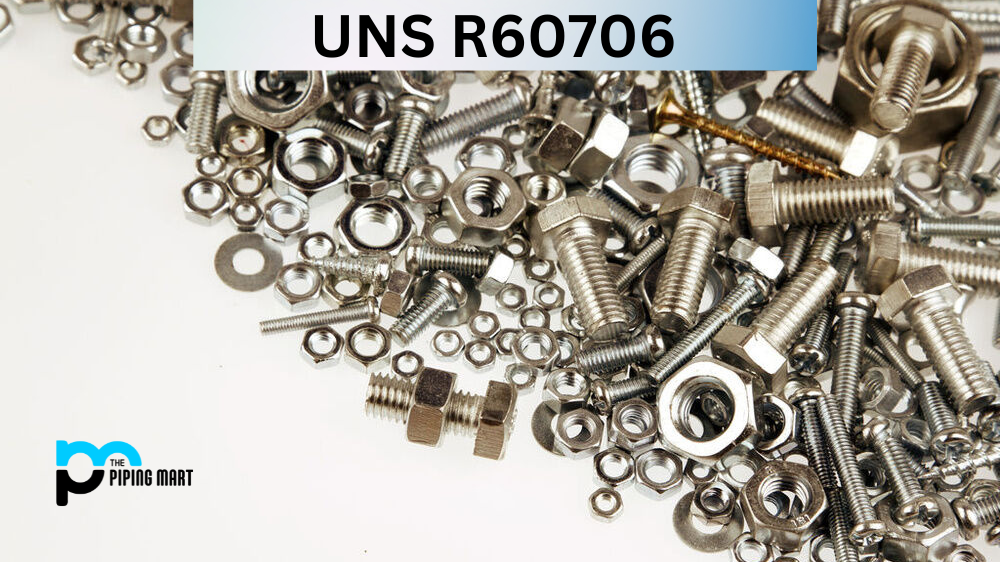Stellite F is an alloy widely used in various industries due to its excellent mechanical and physical properties. The alloy comprises cobalt, chromium, tungsten, and molybdenum, making it one of the toughest and most reliable materials. If you are curious about Stellite F and its properties, this blog is the perfect resource. We will discuss the composition, physical and mechanical properties, uses, and other important information regarding Stellite F.
Stellite F Composition
Stellite F is an alloy of 32% cobalt, 12% chromium, 3% tungsten, and 1% molybdenum. The remaining 52% is iron, nickel, and other trace elements. Adding these elements enhances the alloy’s toughness, strength, and wear resistance. The high cobalt content in the alloy gives it superior strength and corrosion resistance.
Stellite F Physical Properties
Stellite F has a density of 8.36 g/cm³, which is higher than steel and close to that of iron. The alloy has excellent hardness, which ranges from 42 to 58 HRC (Rockwell scale). It has a melting point of 1,227°C and a coefficient of thermal expansion of 14.02 x 10⁶/°C. Stellite F is also non-magnetic, making it ideal for applications that require non-magnetic properties.
Stellite F Mechanical Properties
Stellite F has excellent mechanical properties that make it ideal for high-stress applications. It has a tensile strength of approximately 1,000 MPa and a yield strength of 700 MPa. The alloy is also highly malleable and can withstand high-temperature environments. Stellite F has Young’s modulus of 220 GPa, which is higher than steel, making it an ideal material for shock-absorbing applications.
Stellite F Uses
Stellite F is widely used in the aerospace, automotive, and mining industries. Its excellent properties, including high strength, wear, and corrosion resistance, make it ideal for manufacturing various components. The alloys are used in turbine blades, valves, bearings, and wear-resistant parts. Stellite F is also used in surgical instruments and dental tools due to its biocompatibility.
Stellite F Hardness
The alloy’s hardness makes it ideal for use in high-stress environments. The hardness rating of Stellite F ranges from 42 to 58 HRC, compared to the 20 to 30 HRC of most steels. This attribute makes it an ideal material for metalworking, cutting, and shaping tools. Its ability to maintain hardness at high temperatures also makes it ideal for high-temperature applications.
Stellite F Heat Treatment
Stellite F is a heat-resistant alloy that can withstand high-temperature environments without losing its mechanical and physical properties. The alloy can be heat-treated by annealing, hardening, and stress-relieving. The heat treatment improves the alloy’s hardness, strength, wear resistance and machinability.
Stellite F Welding
Stellite F can be welded using various methods, including TIG and MIG welding. However, welding the alloy can be challenging, mainly due to its high cobalt content, which can result in cracking. Proper welding techniques, such as preheating and slow cooling, can prevent cracking and ensure a strong weld. Additionally, using specialized electrodes, such as those made of a cobalt-based alloy, can ensure a strong and durable bond.
Stellite F Corrosion Resistant
Stellite F has excellent corrosion resistance due to its high cobalt content. The alloy can withstand harsh chemical environments and corrosive media, making it ideal for marine and chemical processing industries. However, it may corrode in high-temperature sulfuric acid environments, making it unsuitable for such applications.
Conclusion
Stellite F is an excellent alloy with exceptional mechanical and physical properties suitable for high-stress environments. Its superior strength, wear, and corrosion resistance make it ideal for various applications, from aerospace and automotive to dental and surgical equipment. Proper handling, welding, and heat treatment can ensure its durability and longevity. With the information provided in this blog, we hope that you can better understand Stellite F and its applications.

Hey, I’m Krutik, a casual blogger expert in the metal industry. I am passionate about providing valuable information to my readers. With a background in engineering and construction, I like playing Cricket & watching Netflix shows in my free time. Thank you for visiting my blog, and I hope you find my information helpful!




